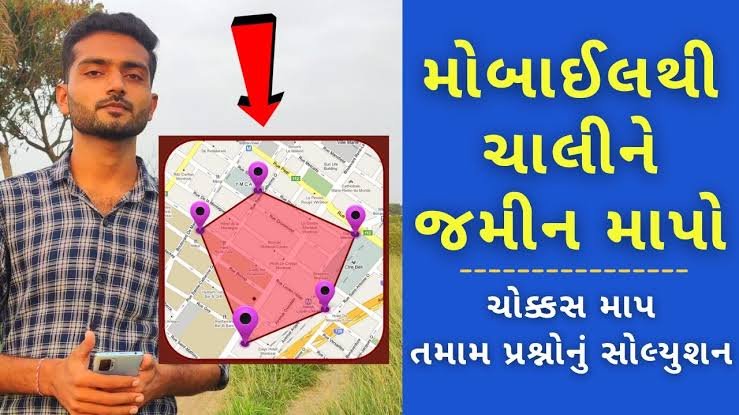Find satellite images of any location. Discover cities and mountains with tours.
composed of the Mediterranean Sea (between Europe and Africa), the Nile River (between Africa and Asia) and the Don River (between Europe and Asia). The Nile and the Don meet in a single line to form the top of the During these Dark Ages in Europe, Arab scholars kept scientific cartography alive. They preserved the works of Ptolemy and translated them to Arabic. Arab cartographers produced the first reliable globe of the Western world.
Find satellite images of any location. Discover cities and mountains with tours
During the Islamic Golden Age, Arab cartographers used complicated mathematical and astronomical formulas to help them determine different map projections. In 1154, the scientist and cartographer al-Idrisi made a map of the world that was better than the world maps Europeans were producing. Al-Idrisi’s map included a representation of the entire continent of Eurasia, including Scandinavia, the Arabian Peninsula, the island of Sri Lanka, and the Black and Caspian Seas.
Kedarnath Temple Front Side 360 Degree View – Click Here
Kedarnath Temple Back Side 360 Degree View – Click Here
In the fifteenth century, cartography in Europe improved. The development of printing and engraving meant maps that had previously been painted by hand could be copied more quickly. Around the same time, sailors began traveling farther on the oceans. They added newly discovered lands and more detailed coastlines to their maps. Explorers brought back descriptions of the interiors, as well as the coastlines, of continents.

Europeans explored much of the Americas during the sixteenth century, Australia in the seventeenth century, and Antarctica was finally sighted in the early nineteenth century. At this point, fairly accurate maps of the entire world were beginning to be assembled.
In the nineteenth century, cartography became more advanced with the development of a printing process called lithography. Lithography allowed cartographers to make many accurate copies of maps with less labor and expense.
Photography, color printing, and computers all improved mapmaking even more. In just a few decades, the relationship between people and maps changed drastically. For example, instead of using paper street maps, many people navigate using GPS units that communicate with satellites to determine their exact location on Earth. Digital versions of maps can represent Earth in three dimensions, defying the limitations of the flat maps of the past. Almost the entire surface of Earth has been mapped with remarkable accuracy, and this information is available instantly to anyone with an internet connection.
